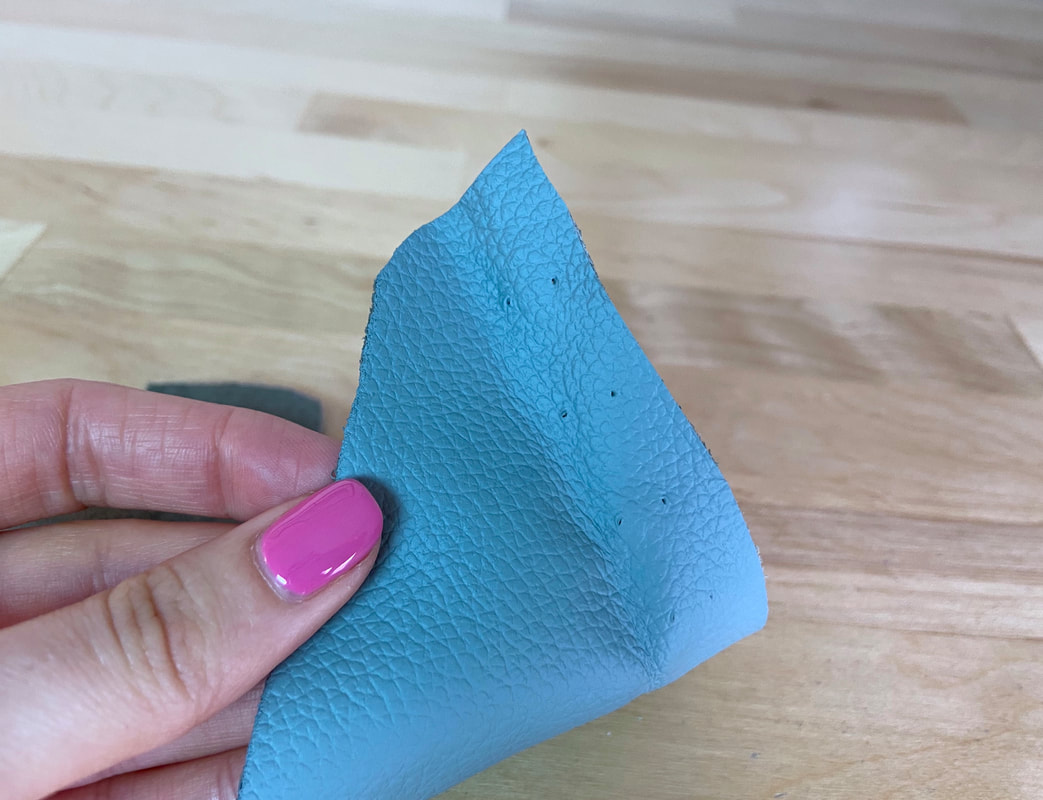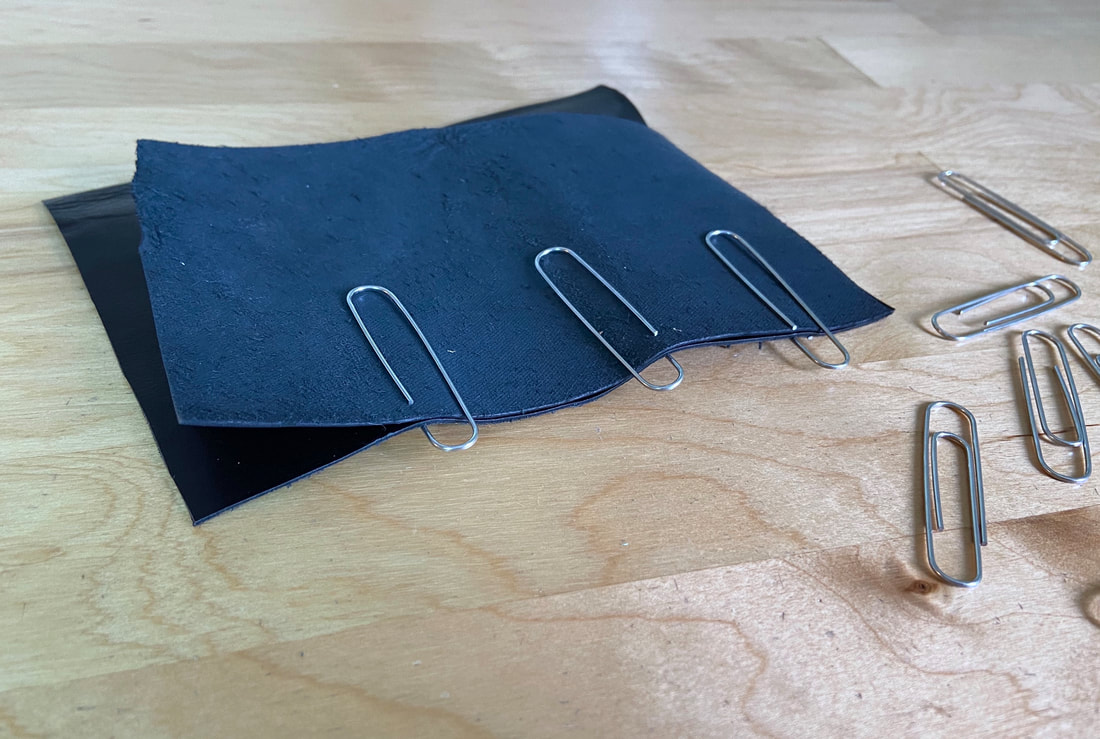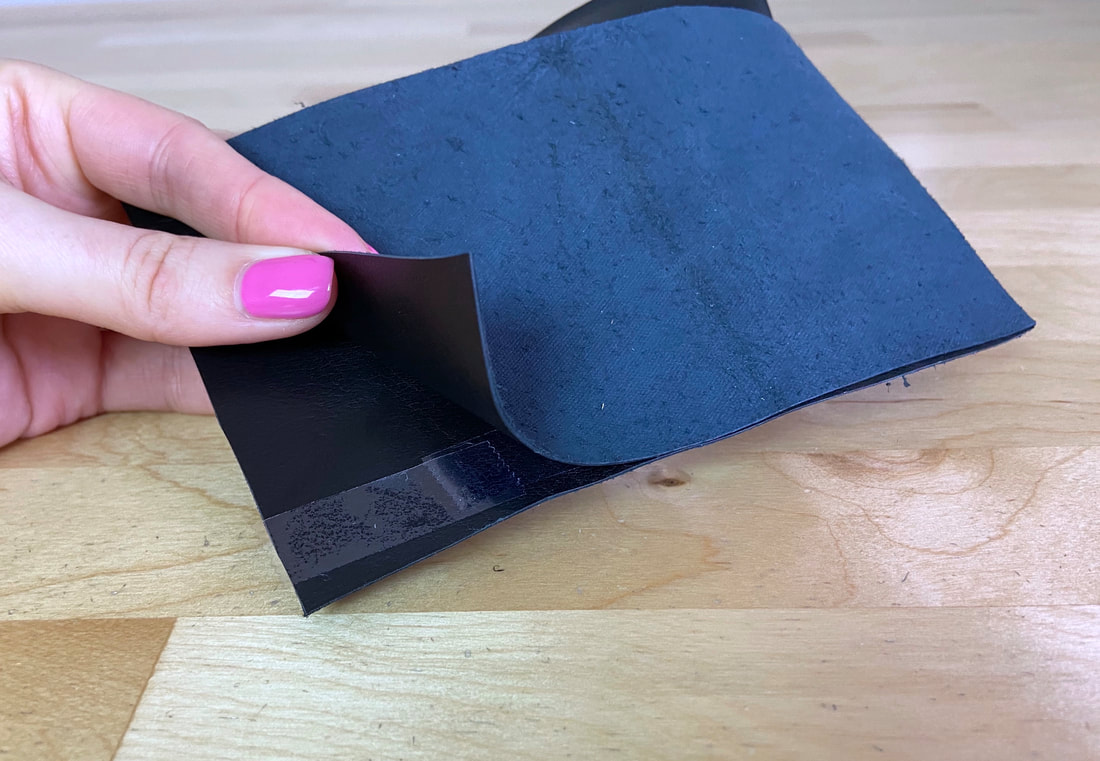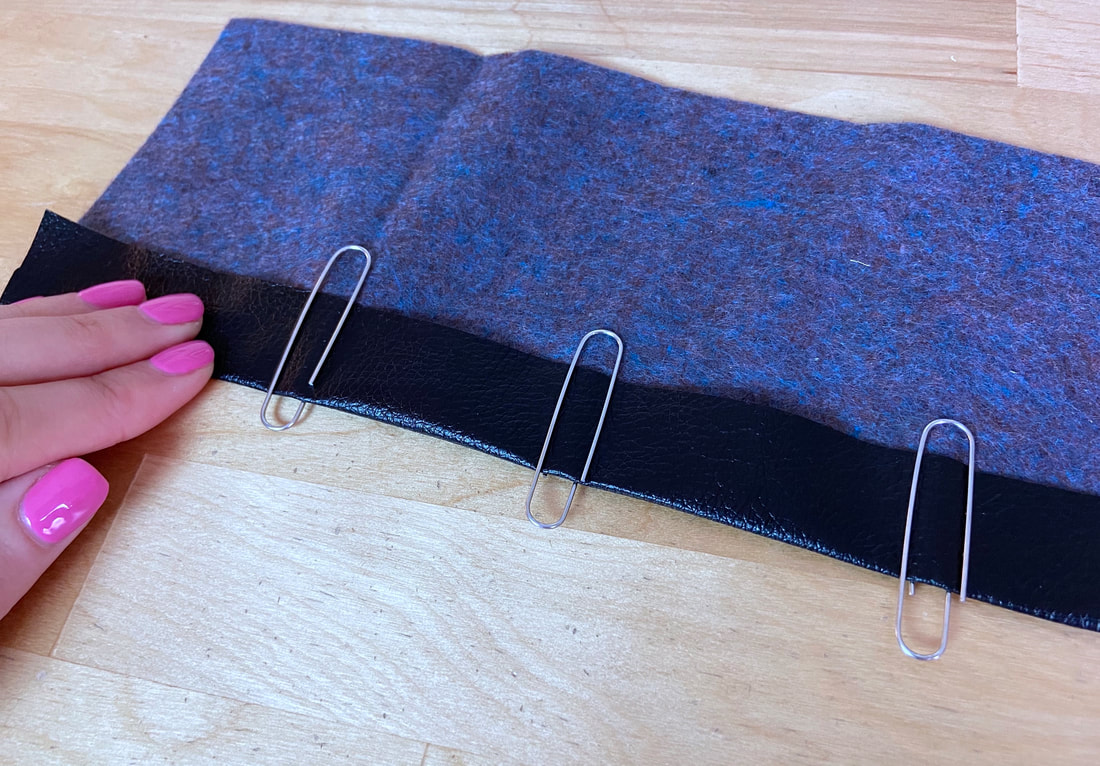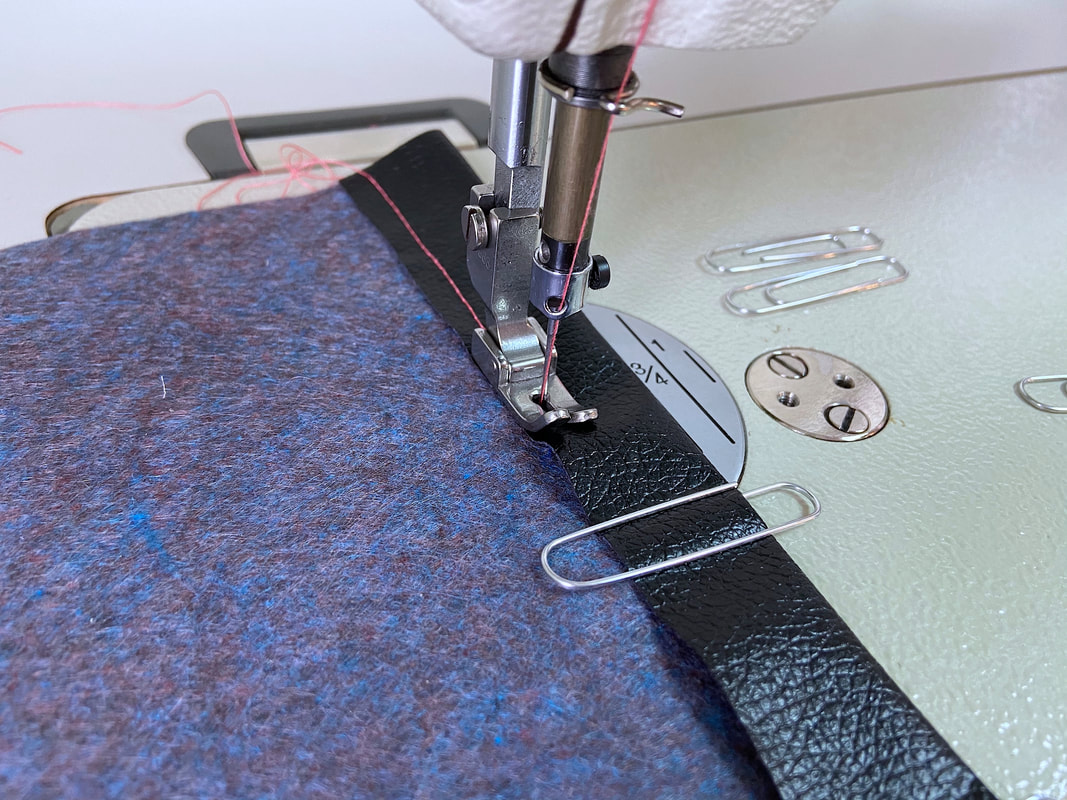How To Keep Leather Seam Edges Aligned While Stitching
Sewing with leather, whether genuine or faux, follows a completely different process than that of conventional woven and knit fabrics. Perhaps one of the most distinguishable factors is that leather does not respond well to pinning.
Not only is leather very difficult to pin through, if you do manage to pin it, you'll be left with permanent perforation marks when the pins are removed. That being said, you may be asking yourself what your options are for keeping seam edges aligned in the stitching process.
Luckily, there are a few simple and clever techniques that do not require any fancy tools but rather things you most likely already have around the house.
Luckily, there are a few simple and clever techniques that do not require any fancy tools but rather things you most likely already have around the house.
- Use regular paper clips. Not only does this provide a secure connection, the paper clips are also very easy to remove in the stitching process, leaving no permanent marks behind,
- Use regular double sided tape or quilters tape. Tape is a quick and easy option for keeping leather edges aligned in the handling and stitching process. You should always apply the tape only within the seam allowance layer so it does not get caught in the final machine stitch as this will make it more difficult to remove.
It is also good practice to pretest the double stick tape with your leather material to ensure that no permanent residue is left behind on the leather surface.
Note: If finishing a leather hem, paper clips are the easiest way to keep the hem allowance folded up securely in the stitching process. Similar to using pins, remove each paper clip as you approach it in the topstitching process.

